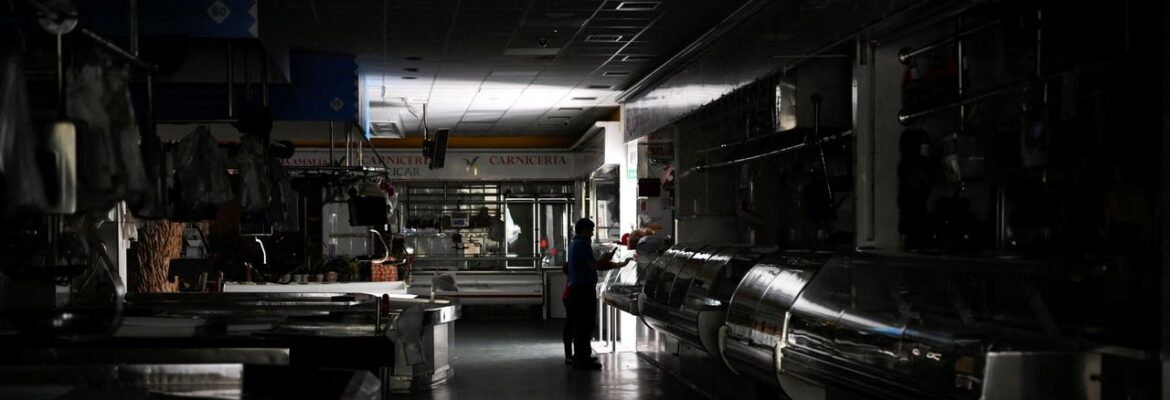What factors caused Europe’s power outage?
Causes The power outage, which remained without electricity in Spain and Portugal on Monday, has not yet been clear, though services have now been repaired at 99 % of the Iberian Peninsula. Red Eléctrica, a state -owned company responsible for exploiting Spain’s transfer infrastructure, has been preliminary in cyber attack, human or weather error or unusual weather conditions as a cause. The company points out that the incident could originate from two “disconnection of generation”, which is probably related to the inherent fluctuations of renewable sources.
Experts emphasize that this type of overall blackout – an exceptional and rare event – is also a security mechanism of the electrical system. In order for a sustainable network to work, energy production must be balanced. Unbalanced can cause blackout as well as potential damage infrastructure.
The maintenance of the network is the responsibility of the system operator, which monitors parameters such as electrical frequency, voltage and load from posts in real -time. When there are significant differences between production and demand, the cut -offs are activated in specific areas of the network to prevent imbalances. In the most serious circumstances, the effects of this disconnection can extend to the entire network.
“This general shutdown has occurred because in just five seconds, more than half of the power generation has been lost in the comment. The network, which is unable to balance such a sharp decline between generation and demand, protects itself by automatically cutting off both the interior and the rest of the European network.
According to SMC, Miguel Di Simon Martin, a professor of electrical engineering at the University of Levon, explains that balance in a network is usually guaranteed by three things. First, a complex network of interconnected lines, known as meshes, which distributes the electric current across the network to prevent overload. Second, there is a connection to the networks of neighboring countries that causes or exported energy if necessary to balance production and demand.
Finally, there is something called “mechanical inertia”. Simultaneous generators – large spinning machines that generate electricity in power plants – also store a lot of energy in their very large rotating areas. Say, for example, a coal power plant. Even if it prevents the burning of coal for more energy, the massive and heavy turbines used to generate electricity will continue to rotate for a while because of the energy stored in them. This phenomenon, known as mechanical inertia, can act as a buffer against sudden fluctuations in the network. When there is an imbalance between energy production and demand, simultaneous generators can accelerate or accelerate their rotation to balance the situation, actually acting as a help to the network by absorbing or releasing energy if necessary.
“A large, good network, with a strong connection and plenty of simultaneous generators, will be more stable and prone to failure,” says De Simón Martín. Obstacle to the pyrne. “
